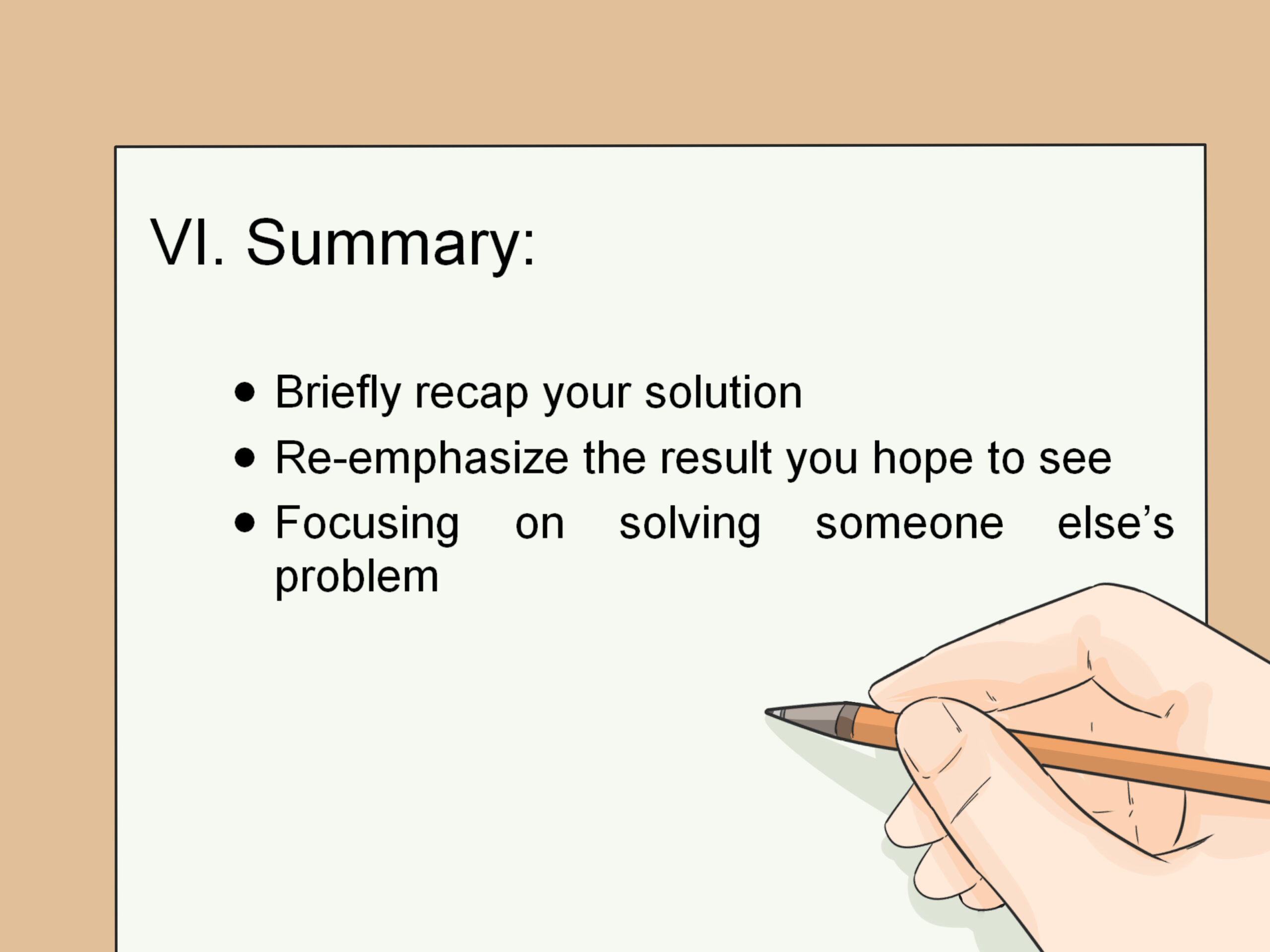How to Write White Paper – Are you struggling with how to write white papers? Thankfully, there are just a few simple guidelines that, if followed, will have you writing white papers in no time. Reading through industry research can teach you a lot about your competitors and also inspire you with fresh ideas for new content. Writing white papers is essential if you want to create an online presence for your company.
Learning how to write white papers can be a very lucrative skill. For marketing and consulting professionals who don’t have enough content for a blog, writing white papers is the perfect way to stand out from competitors. But, not all businesses know how to write white papers and it’s time we changed that.
Table of Contents
What is a white paper?
A white paper is an authoritative document intended to fully inform the reader on a particular topic. It combines expert knowledge and research into a document that argues for a specific solution or recommendation.
The white paper allows the reader to understand an issue, solve a problem, or make a decision.
White papers are data-centric, text-heavy business documents. Due to the large amount of data and research, white papers are deep reads and tend to have a formal tone.
Use and value
Businesses write white papers both to record expertise and to market themselves.
White papers are generally written for an audience outside of the business. Therefore, they are a tool to attract readers to the company by offering top-quality, industry knowledge.
However, a white paper is not a sales pitch. It sells the company by highlighting the internal expertise and valuable recommendations, not by bidding for business.
Example:
Sales Pitch: 8 Ways ABC Marketing will save money in your social media budget
White paper: Social Media Advertising: Matching marketing needs and platforms

Write an actual white paper with individual instructor guidance in our Advanced Business Writing Course + Coaching.
How to select a white paper topic:
Choosing the right topic is essential to having your white paper read. There are three major factors:
1. Audience
As with any business writing, the audience is your first consideration. The white paper must be written with a target reader in mind. The audience may be long-time customers familiar with the industry or new prospective buyers who are entirely new to the field.
Reflect on the reader’s pain points or major questions. Within these topics, look for ones that have not been fully investigated or the available information is out-of-date.
2. Expertise
Your white paper should match and highlight your company’s expertise.
The document should provide a complete investigation including external research and internal knowledge. The business’s own know-how informs the content that is included and how it is compiled.
3. Problem-based and solution-focused
White papers should identify and address a particular problem. The problem should be relevant and timely in your field. The document may focus on issues such as common dilemmas, new trends, changing techniques, industry comparison, etc.
The white paper must have a proposed solution or recommendation to answer the problem. This solution is based on a thorough examination of the problem and potential solutions.
White paper preparation
Research
The selected topic must be comprehensively researched. Pull information from online references, industry resources, and internal documents. White papers are data-focused, so they should be supported by significant research.
There’s no hard and fast rule on citations but you need to cite any information that is not public knowledge and that you didn’t know before beginning your research. However, understand that the reader’s confidence is likely to increase with an increasing number of cited references.
Of course, all resources must come from authoritative sites. In order to write a valuable document, all research materials must be from credible, reliable sources.
Read other white papers
Are there white papers covering your topic or area already? Read them to determine the knowledge gaps and the opportunities to build on existing content. This review will also ensure that your white paper is novel instead of redundant.
Use a mind-map
It can be overwhelming to keep track of the many sources, ideas, and content involved in preparing a white paper. A helpful organizational tool is the mind-map. A mind-map allows the writer to catalog and connect the many different pieces into one visual overview.
We suggest using the free tool FreeMind to organize your content. It’s simple to use and free.
Writing a white paper isn’t easy, but it can be an awesome way to stand out as an expert in your field. Although crafting a white paper is more of an art than a science, there are general guidelines you can follow to help you out along the way.
- Have a topic people will want to read. This seems obvious, but finding the right topic can be your biggest challenge. First, figure out who your audience is; who are you trying to reach? Then, choose an issue that’s interesting to them—perhaps a common problem they’re faced with, or a case study of successful companies in your industry.
- Be descriptive and professional. Writing a white paper is not the same as writing a blog. You need to use a business writing style and be fairly descriptive. You will probably end up writing at least ten pages to make your point.
- Set up a great intro. Be captivating. You want to catch people right off the bat with your introduction. Pique their interest, and then tell them what they’re going to accomplish by reading your white paper. This means writing a summary of your white paper and including an organized list of topics.
- Emphasize the value you will create. Your white paper is not a billboard for your business—it is an opportunity to create an image of expertise and insight that will help your readers. In return, they may buy from you later. First, though, you need to give them something of value, and you can only do that by filling your white paper with useful tips and information.
- Organize your draft. Come up with a clear outline first, and then proceed to write your paper. Be sure the flow of your white paper is in line with your goals. Grab their attention, deliver value, and get them to take further action.
- Write first, edit second. Once you have your outline put together, get your thoughts down while they are still fresh in your mind. Just start writing. Don’t worry about editing until you have completed the draft. You will have no problem going back and making everything flow well afterwards.
- Proofread. Go back over your draft and see what needs to be done to make it read better. Ask for other people’s opinions, because they may be able to catch mistakes you overlooked. Read it out loud to ensure there are no run-on sentences or awkward phrases.
- Follow up with how you can help. If you are selling a product or service that will help your readers, make sure to mention it at the end. You shouldn’t use the body of the white paper to sell your product or service, so make sure to use a catch that is naturally incorporated when you summarize the paper.
White papers are great tools for generating credibility. Customers respond better to informative write-ups than they do to blatant ads. The trick is to make sure your white paper is organized and well thought out so that you will create a natural and genuine interest in your services.
Conclusion
A white paper is an authoritative report or guide that helps persuade, inform, and inspire action. It’s an effective tool for online marketers to create awareness about their brand, highlight their expertise, demonstrate the value of their product or service, and win over potential prospects to ultimately convert them into customers.
